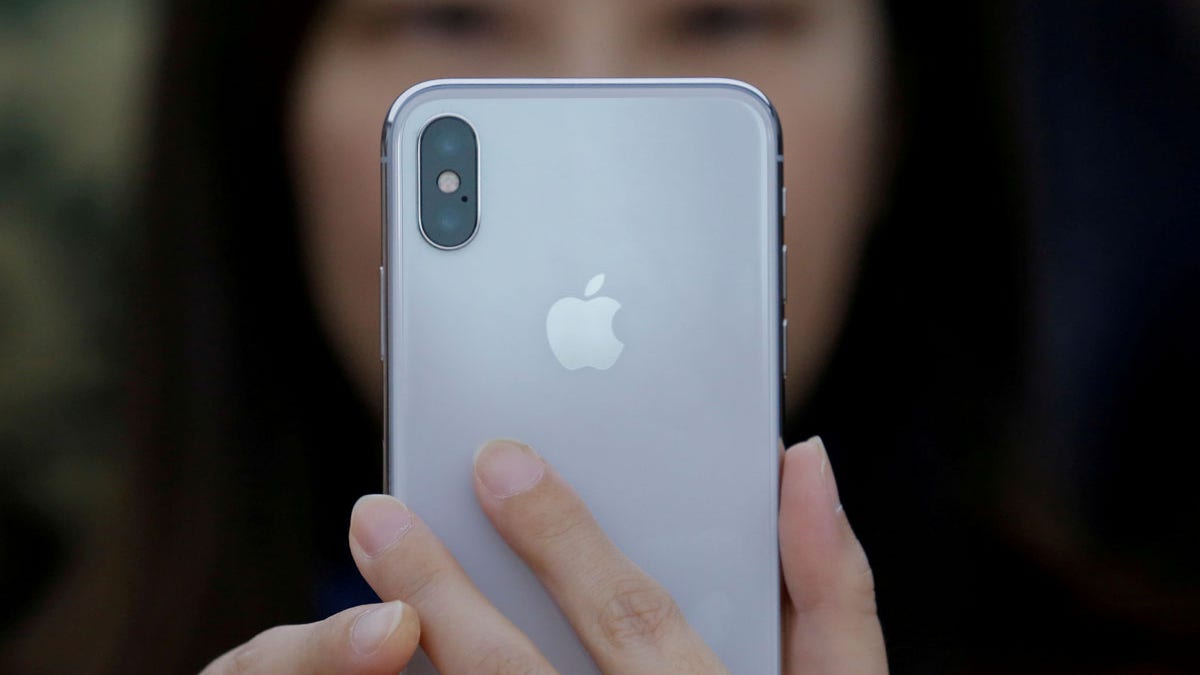
Catcher Technology, a supplier for Apple, has not kept its factory safe for workers, according to a new report. (Reuters)
Apple has been awarded a new patent that aims at optimizing your iPhone screen brightness for viewing content in dark environments.
The patent, called "Luminescence Shock Avoidance in Display Devices," describes how the iPhone can automatically adjust brightness and limit its effect in dark environments. The idea, according to the patent, which was earlier reported on by Digital Trends, is to "prevent the temporary vision impairment that can occur when a display device is activated in a dark environment."
Screen brightness and addressing how a screen acts at night is something several major tech companies are looking at as people increasingly bring their smartphones to bed at night to surf the Web, play games, and use social media. Having a bright light in your eyes in an otherwise dark room can cause some eye problems.
Apple has been among the more active companies in trying to solve the issue. The company has a Night Vision mode on its iPhone, for instance, that eliminates brightness and the blue light to reduce eye strain. A slew of Android-based handsets also come with blue light filters and other features, like ambient sensors, to reduce eye strain in the dark.
More From Tom's Guide
Apple's patent appears to be a more sophisticated attempt at trying to reduce problems at night. The technology uses an algorithm that, on the fly, can evaluate whether your iPhone display is on or in standby mode. It then analyzes your environment's brightness using an ambient sensor and based on that "lighting value," as Apple calls it, limits screen brightness to stop the "luminescence shock."
The patent also discusses stopping that shock even when there isn't an ambient sensor. And even if you receive a call or message, which would be a different function than simply turning your phone on from standby, the screen would limit brightness to reduce chances of eye problems.
While Apple was awarded the patent, there's no telling exactly what the company might do with it. Apple files for patents all the time. It's unknown whether this patented technology fill find its way to a future iPhone.
